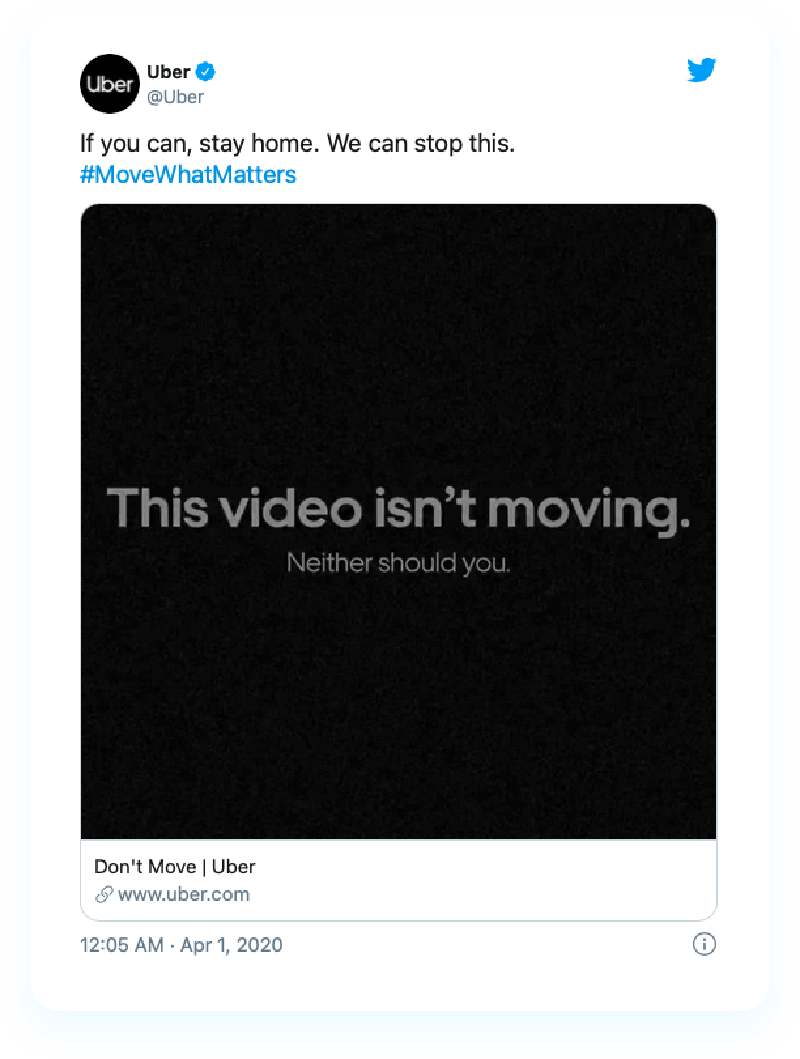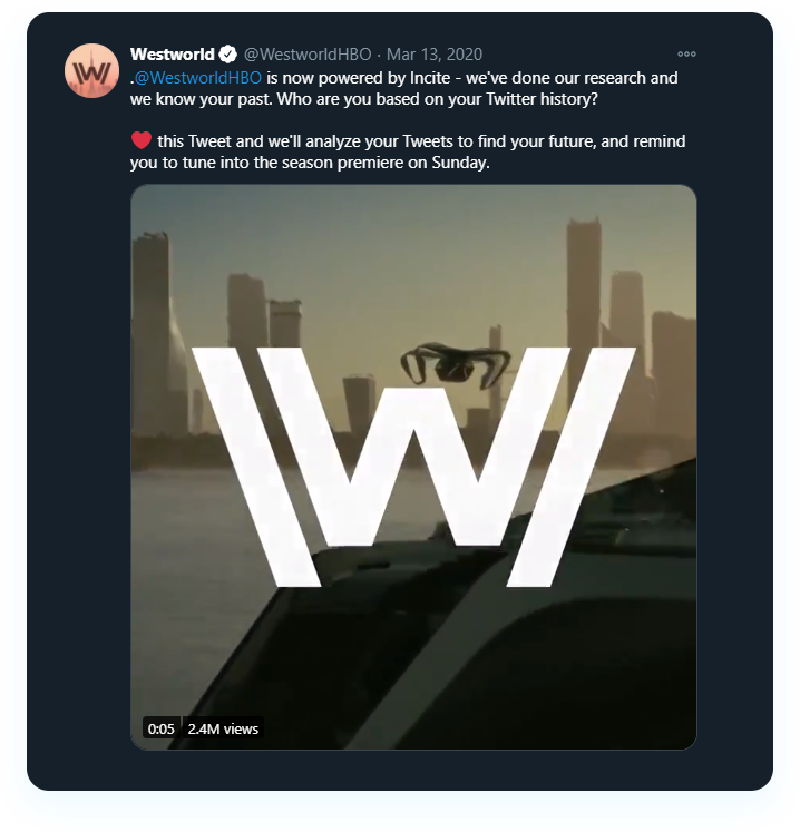
Before starting with Twitter, you may want to clarify why you want to be here in the first place because Twitter is a very chatty platform that will ask a lot from you.
As with everything on social media, you can’t expect miracles to happen just by starting posting on your account. Unfortunately, Twitter is less like a Fairyland and more like a subway platform at rush hours. With so much noise in there, it’s pretty hard for individuals and even harder for brands to become the voice that gets through.
To be successful, you need a plan and lots of energy. Start by asking yourself, “What do I hope to accomplish here?” and “What resources do I have available for this demanding channel?”.
Your goals with Twitter can be very diverse.
Always start by finding your tribe and listening to what people have to say. Investing in research enables you to get a sense of people’s opinions, sentiments, and the eventual level of controversy around a topic before deciding if and how to approach it.
Only then, when things are clear for you, join the conversation by sharing your thoughts or experiences and gauge the reaction to see if your ideas are well received or not. Engage directly with specific users who may be posting about you or your topic and see how they respond or if others are willing to join in.
All these steps can save you from lots of trouble. The Twitterverse is full of awkward stories when brands jumped into discussions too quickly or created less inspired vanity hashtags (like McDStories) to run campaigns for getting afterward exactly the opposite effect of what they were hoping for in the first place.
If you are a small start-up, you’ll need to turn to Twitter with a different perspective than a multinational brand with teams worldwide that monitor the conversations and respond in 5 to 10 minutes to posts.
Let’s say you are a small educational company that wants to engage in conversation with people on Twitter to build credibility, drive traffic to your site, and sell books and courses online. You will need to define your KPIs. Most probably, you’ll want to track and measure the book sales, webinar registrations, the number of followers, the number of replies and retweets to optimize your campaigns accordingly and see if your investments are worth it or not.
Daily searching keywords and topics to select for joining conversations about them could be a great way to build awareness and engagement. Share curated ideas along with your own content, but keep in mind that you’ll need to post at least seven times a day to ensure that a relevant number of people will hear from you.
If you are a large company, you may want to focus more on news, questions, and facts when creating your posts. Let’s say you sell computers, and you want to raise your brand awareness, generate leads, sell products, and clear your inventories.
You will keep an eye on a different set of KPIs and measure the number of generated leads, product sales, traffic to cart, mentions, and retweets.
In this scenario, you will most probably need to post 15 times a day, work on several accounts you specially created to promote each of your brands in part, have a real-time monitoring system in place, and strongly use Lead Generation Cards to achieve your objectives.
Dedicated monitoring teams should take care of each account, checking the conversational flows and responding in a matter of minutes. Your content would be a mix of offers, deals, and knowledge ready to be posted. You’ll probably need to develop clear procedures to make it easier for your teams to manage the sales campaigns’ implementation.

When everything freezes, how does a brand create motion?
Usually, by creating E-motion. Uber came up with a marvelous idea when it launched the #movewhatmatters campaign. While being forced by COVID-19 to stay home, Uber insisted on taking care of things and delivered free of charge what was needed by frontline workers, seniors, and other people who claimed to be unable to manage the situation by themselves. The remarkable thing about this campaign is that Uber did not focus on its own service but on the external emergency they identified. Other brands misunderstood the message and copied the example obsessively offering their own products “in the name of charity” to get an image boost, which transformed the “magic” into “tragic.”
How to turn around a flailing reputation or to build an almost impenetrable one
Start by constantly monitoring the conversations around your brand. This is one of those rare occasions when things are more comfortable and easier for smaller companies than for bigger ones.
Notorious brands usually opt for automation, which is excellent, but sometimes they do it the wrong way. Their brand monitoring systems scan for brand mentions online and then immediately come up with autogenerated responses. Ideally, this last step should be avoided.
No matter if you are an SME or an enterprise, you should opt for non-automated communication instead. People feel it when responses are not going to adequately address the original inquiry, making them even more upset than they were in the first place when they started complaining.
You will be far better with a bit of delay but the right answer than with going back in a second with the wrong reply.
Build and utilize Twitter Lists
If you have brand evangelists talking you up, you probably want to keep tabs on what they might want to say. If you know you have detractors, you may also want to know what they are focused on. Having those lists in place can help you monitor conversations and see what people are talking about, even when they don’t particularly mention you.
Connect Twitter and Customer Service Teams
This way, you’ll know better and faster what people say and want from you, and you will be able to react right on the spot offering the appropriate solutions.
This is also one of those cases when things are easier for smaller companies and challenging for the bigger ones. SMEs are typically open, honest, and willing to make changes fast. Because they respond positively and are easily adaptable, they can build more valuable fans out of those impressed by their attitude.
To ensure engagement and reactions, strongly integrate Twitter cards and clear Call To Actions in your posts and use trackable links and analytics to see what happens.
For better results, tweet different entry points to your funnel. Monitor and respond to push the conversations forward.

When HBO launched the third season of Westworld, they decided that the previous series’s fans should get a premier reminder accompanied by a Twitter app that assigned their fate in 2058, after analyzing the fan’s most recent Tweets. One cannot deny it: this “Science Fiction format of the Horoscope” is absolutely memorable.
Share